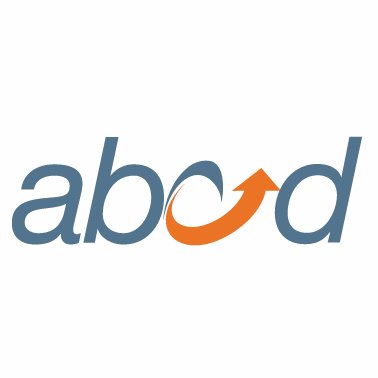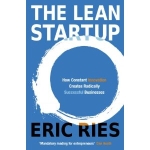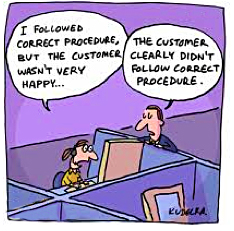This is a proven key account strategy for a software company that incorporates buying style, although it could apply to any company.
- Identify key accounts. This means create a list of the top companies you want to sell to – a good starting list are the 273 companies from this report on the most productive companies in America. Divide these companies between your sales reps.
- Assign key accounts. Each rep gets 75 accounts. Each rep has a deals-per-year target. In one technology company that number was eight. Eight deals per year, not necessarily from eight companies, it could be eight divisions of one company. It is the rep’s responsibility to get into these 75 accounts.
- Use LinkedIn to find the right people in each account, using the premium LinkedIn service and InMail.
- Target division sales managers, not the top guy: a divide and conquer strategy. Find a way into the account, then try to move across to other divisions.
- Target those responsible for strategic accounts, who are trying to find ways to retain and grow accounts and improve their existing account relationships.
- At this point send an Linkedin InMail message to the prospect, either directly or through a mutual connection. The goal is to get a 30-minute webinar appointment.
- To those that don’t respond (most of them), have appointment setters make calls to the people identified by the sales reps to set up a 30-minute webinar appointment. The webinar will really last 40 minutes to one hour if the customer is really interested. Appointment setters say that the prospect is 2 degrees away in LinkedIn and mention people they may know.
- Appointment setters call until they talk to the prospect. They do not leave messages. At some point, the prospect answers.
- Create a short deck for the webinar based on the customer’s buying style. Have the customer see a short demo of the live software or service you are selling.
- Follow up by showing the same webinar to several other people in the same division, at different levels, modified for each person’s buying style. Only after two or three webinars are they ready to meet in person.
Remember that selling involves finding the business reason to use the product and the personal reason to use it. The personal reason might be that the new sales manager/division head/vp is charged with making improvements and using this product shows action. It also might be that the person’s bonus is tied to either increased sales or implementing ideas for positive change.







